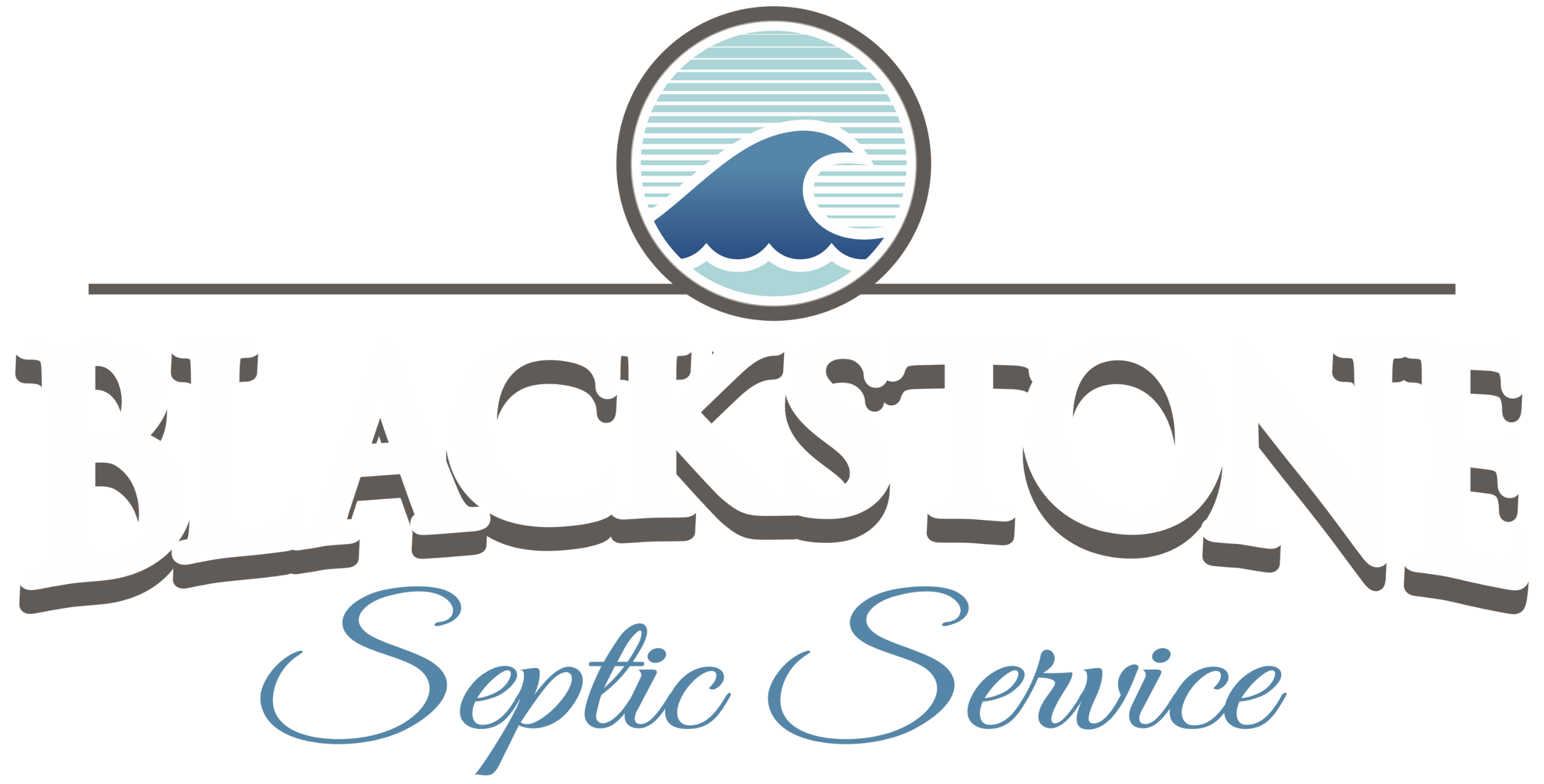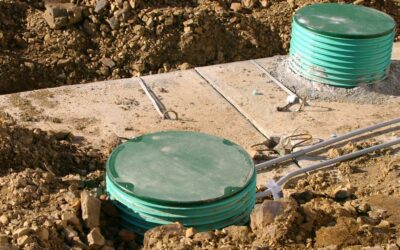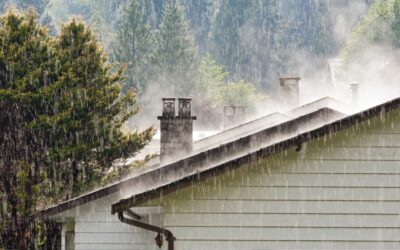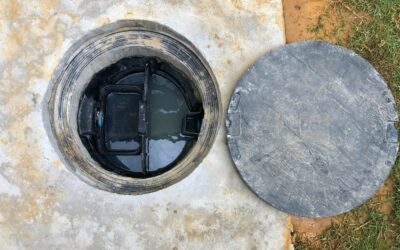Septic systems handle both ‘black water’ from toilets and ‘gray water’ from showers, sinks, and laundry. It’s essential, then, to recognize that what you send down your shower drain doesn’t disappear—it ends up in your septic tank. Knowing this, homeowners can make more informed decisions about water usage and maintain their systems effectively.
In a simplified explanation, your septic tank receives, separates, and begins the process of breaking down waste from all your household water. The clearer water, or effluent, eventually moves out into your leach field, while solids stay behind to get broken down by bacteria or removed through pumping.
Does Shower Water Go Into the Septic Tank?
Yes, it does. All the water that you use in your home, including what goes down your shower drain, flows into your septic tank. This is one of the basic principles of how most home septic systems work. Understanding this key fact will help you take better care of your septic tank and avoid potential problems.
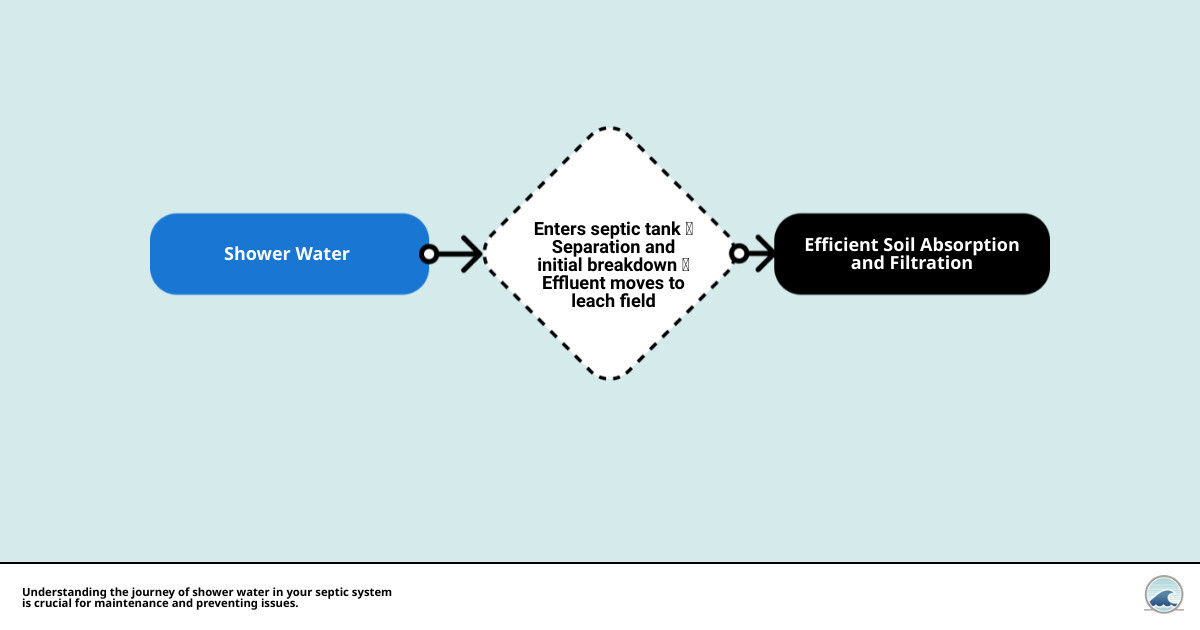
As a homeowner, especially if you’re new to using a septic system, recognizing the role your shower water plays in the overall workload of the system is vital. This insight forms the foundation of good septic system health and ensures its longevity.
Table of Contents
How Does Shower Water End Up in the Septic System?
Shower water exits through the drain into a home’s plumbing system, then either joins the municipal sewer system or enters a septic tank. In a municipal system, it undergoes treatment at a sewage plant before release. In a septic system, water filters through a drain field, undergoing natural purification before re-entering the soil.
Gravity Flow
Firstly, it’s crucial to understand that most home plumbing, including showers, operates on a gravity flow system. This means water and waste from your shower naturally move downward through your home’s plumbing and into the septic tank. This process is simple but effective, relying on the basic principle of gravity to manage wastewater.
Effluent
Once in the septic tank, shower water becomes part of the effluent—the liquid waste or sewage that’s treated and then released into the ground. Effluent contains not just water but also small particles from your shower, such as soap residues, hair, and skin flakes. Over time, bacteria in the septic tank break down these particles, but the water continues through the system.
Gray Water System
Some homes have a gray water system, which separates the relatively clean waste water from showers, sinks, and washing machines from the more contaminated water from toilets. However, most septic systems do not separate gray water from black water (toilet waste); it all goes into the same septic tank. While gray water systems can reduce the load on a septic tank, they are not common in all areas due to varying local regulations and the complexity of installation.
What Does This Mean for Your Septic System?
- Capacity Management: Knowing that shower water enters your septic tank highlights the importance of water usage management. Excessive water entering the system, such as from long showers or multiple back-to-back showers, can strain your septic system. It’s essential to spread out water usage to avoid overloading the tank.
- System Health: Regularly introducing water into the system through showers helps maintain the necessary moisture level for bacteria to break down waste. However, balance is key. Too much water can dilute the bacteria, slowing down the waste breakdown process.
- Mindful Usage: Being mindful of what goes down your shower drain is as crucial as the water itself. Harmful chemicals, non-biodegradable materials, and excessive hair can disrupt the bacterial balance in the tank or cause clogs.
In summary, shower water does indeed go into your septic tank, playing a significant role in the system’s overall function and health. Understanding this flow allows homeowners to make informed decisions about water usage, maintenance schedules, and what they allow down their drains. Remember that managing your shower water effectively is a key step in maintaining a healthy septic system.
[Next, we’ll dive deeper into understanding your septic system, including its components, how they work together, and why each plays a crucial role in managing your home’s wastewater efficiently.]
Understanding Your Septic System

When you pull the plug after a relaxing shower, do you ever wonder where all that water goes? If your home is not connected to a municipal sewage system, it likely ends up in your septic tank. Let’s break down the septic tank components, how the leach field works, and the role of bacteria breakdown in simple terms.
Septic Tank Components
Think of your septic tank as a big underground box. It has two main jobs:
- Collecting wastewater from your home (yes, including shower water).
- Separating waste – solids settle at the bottom, oils and grease float to the top, and the middle layer is mostly water.
The tank is just one part of your septic system. It’s where everything starts, but not where it ends.
Leach Field
After the septic tank does its job separating things, the water in the middle (now called effluent) needs somewhere to go. Enter the leach field. This is an area in your yard with a series of underground pipes. The effluent flows out into these pipes and then slowly soaks into the ground.
The ground here does an amazing thing. It acts like a filter, cleaning the water as it seeps through. This is where the real magic happens, thanks to our tiny friends – the bacteria.
Bacteria Breakdown
In your septic system, bacteria are the unsung heroes. They live in your tank and leach field, breaking down the waste. In the tank, they help reduce solids by eating them (yep, you read that right). In the leach field, they clean the effluent as it filters through the soil.
This natural process is brilliant. It means that by the time the water reaches the groundwater, it’s clean. But, this delicate balance relies on good bacteria staying healthy and active.
Understanding Your Septic System is crucial. It’s not just a series of tanks and pipes but a living, breathing system. The better you treat it, the better it will treat you. Avoiding harsh chemicals, managing water usage, and regular maintenance like pumping can keep this system running smoothly for decades.
How Shower Water Affects Your Septic System

When you step into the shower, you’re not just cleaning yourself. You’re also sending a significant amount of water into your septic system. This section will break down the impact of shower water on your septic tank, focusing on its capacity, the risk of overflow, and overall wastewater management.
Capacity
Your septic tank has a specific capacity, measured in gallons. It’s designed to handle a certain amount of water and waste from your household. When you take a shower, the water you use becomes part of the system’s workload. If you’re using a standard showerhead, you could be using around 2.5 gallons of water per minute. A 10-minute shower, therefore, sends 25 gallons of water into your septic system. This might not seem like a lot, but combined with other household water usage, it adds up quickly.
Overflow Risk
Excessive water entering your septic tank increases the risk of overflow. When the tank’s capacity is exceeded, there’s nowhere for the excess water to go but back towards your home or onto your yard. This can result in unpleasant odors, soggy lawns, and even sewage backing up into your house. Your septic system isn’t just handling shower water but all the wastewater from your home. This includes toilets, sinks, and laundry, all contributing to the fill level of your tank.
Wastewater Management
Managing the amount of water your household sends into the septic system is crucial. Here’s why:
- Sludge and Scum Layers: In your septic tank, solids settle to form sludge, while fats and oils float to create a scum layer. Excessive water disrupts this separation, making the system less efficient.
- Bacterial Breakdown: The bacteria in your septic tank need time to break down waste. Too much water can flush out these bacteria before they have a chance to do their job, leading to a buildup of undecomposed waste.
- Leach Field Stress: The effluent from your tank flows into the leach field, where it’s further treated by the soil. An overwhelmed tank means too much water enters the leach field at once, which can saturate the soil and lead to system failure.
To manage wastewater effectively:
- Limit Shower Time: Consider reducing your shower time or installing a low-flow showerhead to decrease water usage.
- Stagger Water Usage: Try not to run the dishwasher, washing machine, and shower simultaneously. Spreading out water usage can help prevent your septic system from being overwhelmed.
- Regular Maintenance: Ensure your septic tank is pumped regularly, according to the schedule recommended by professionals like Blackstone Septic Service. This removes sludge and scum buildup, ensuring your system has the capacity to handle your household’s water usage.
In conclusion, while shower water is just one part of your household’s wastewater, it plays a significant role in the health of your septic system. By understanding the impact of shower water and taking steps to manage it, you can prevent overflows, protect your system, and ensure it continues to function effectively for years to come.
Next up, we’ll delve into the best practices for septic system maintenance, offering tips and tricks to keep your system running smoothly.
Best Practices for Septic System Maintenance
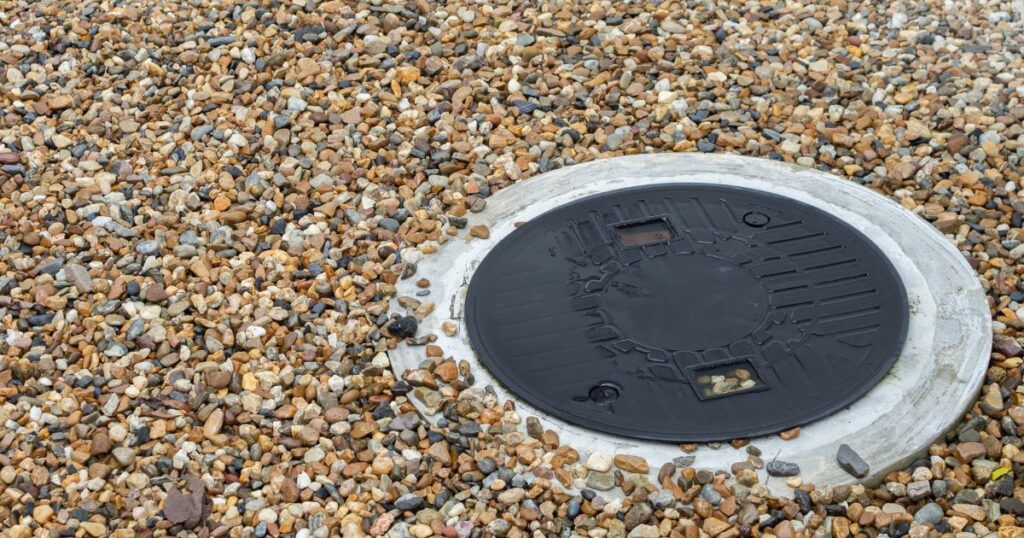
Maintaining your septic system is not just about preventing problems; it’s about ensuring the longevity and efficiency of your home’s wastewater treatment. Here are essential practices every homeowner should follow:
Pumping Frequency
Rule of Thumb: Your septic tank should be pumped every three to five years. However, this can vary based on the size of your tank and the number of people living in your home. Regular pumping prevents sludge buildup, which can lead to system failure.
Harmful Chemicals
Just Don’t Do It: Avoid pouring harmful chemicals down your drains. This includes:
- Paints and solvents
- Oil and grease
- Pesticides
These substances can kill the beneficial bacteria in your septic system that help break down waste.
Dietary Fats
Think Before You Pour: Fats, oils, and greases (often referred to as FOG) can clog your septic system. Instead of washing them down the drain, consider collecting them in a container and disposing of them in the trash.
Paper Products
Toilet Paper Only: Only human waste and toilet paper should be flushed. Even products labeled as “flushable” can cause clogs and damage your septic system. This includes:
- Paper towels
- Baby wipes
- Sanitary products
Remember: What goes down the drain doesn’t just disappear. It ends up in your septic system.
By following these best practices, you’re not just protecting your septic system; you’re ensuring the health and safety of your home’s environment. Regular maintenance and mindful habits can save you from costly repairs down the line.
We’ll address some common questions and misconceptions about septic systems to help you better understand and care for your system. Stay tuned for more insights and tips from Blackstone Septic Service.
Conclusion
We’ve covered a lot about how shower water and other household wastewater interact with your septic system. From understanding the gravity flow of water into your septic tank to recognizing the importance of regular maintenance to prevent overflow and damage. It’s clear that everything we do in our homes, from the showers we take to the products we use, can have a significant impact on our septic systems.
If you have any questions or concerns about your septic system, or if you’re looking for reliable septic services, don’t hesitate to reach out to us. We’re here to provide expert advice and top-notch service to ensure your septic system remains healthy for years to come. For more information on our services, visit our septic services page.
Contact us today at Blackstone Septic Service, we’re committed to helping you keep your septic system running smoothly. We understand that managing a septic system can seem complex, but we’re here to make it easier for you. Our team of experienced professionals is equipped to handle all your septic needs, from routine maintenance to emergency repairs.
Thank you for joining us on this journey to better understand your septic system. We hope you’ve found this information helpful and feel more confident in managing your home’s wastewater. Blackstone Septic Service is just a call away, ready to assist with all your septic needs.
Common Questions and Misconceptions
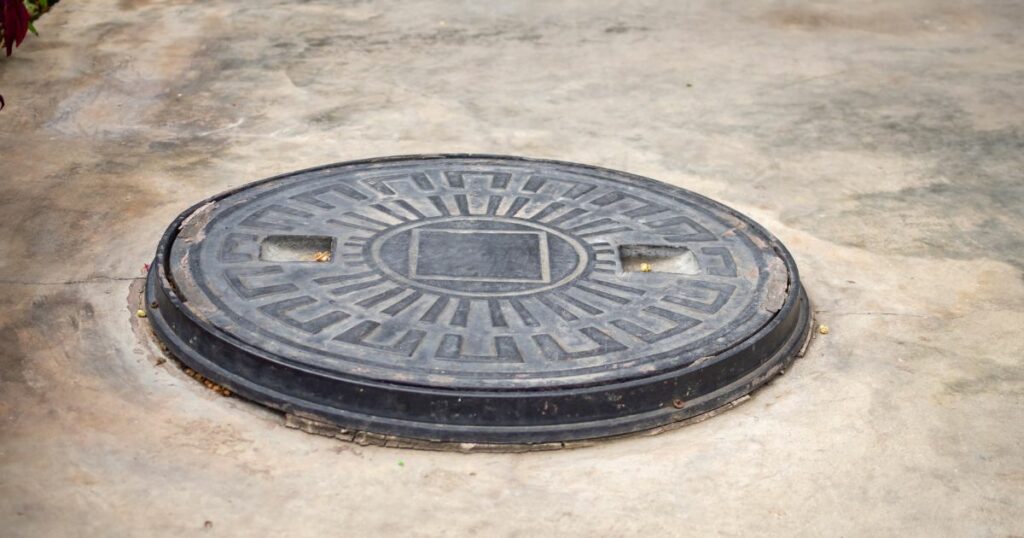
When it comes to septic systems, a lot of homeowners have questions. Let’s clear up some common misconceptions and answer those burning questions, especially about back-to-back showers, using your garbage disposal, and what household chemicals are safe to use.
Using Your Garbage Disposal
What about garbage disposals? Can you use them if you have a septic system? While it’s not a straight no, caution is advised. Throwing the wrong things down your disposal, such as oils, grease, or non-organic materials, can disrupt the delicate balance of your septic system. These items can kill the good bacteria that break down waste in your tank. In short, use your garbage disposal sparingly and wisely.
Household Chemicals
Lastly, let’s talk about household chemicals. Many homeowners are unaware of the impact these can have on a septic system. Harsh chemicals, like bleach, paint thinners, or pesticides, can be harmful. They can kill the bacteria that your septic system relies on to break down waste. If you’re cleaning or disposing of chemicals, think about the impact on your septic system. Opt for septic-safe products whenever possible.
Your septic system is a vital part of your home’s infrastructure. Treating it with care by managing how you take showers, use your garbage disposal, and what chemicals you pour down the drain can lead to a longer-lasting and more efficient system. If ever in doubt, it’s always better to err on the side of caution. Your septic system will thank you for it.
What Happens to Shower Water in a Septic Tank?
In a typical septic system, waste from toilets, sinks, showers, and washing machines flows into the septic tank via the plumbing system.
This tank system consists of two chambers where solid waste settles at the bottom while the cleaner water moves to the second chamber. The gray water, including shower water and bath water, joins with human waste, toilet paper, and kitchen sink waste in the septic tank. From there, a series of processes involving bacteria and gravity separate solids from liquids.
The liquids, now treated effluent, exit the tank through an outlet pipe into the drain field, where they percolate through the soil. However, problems arise when too much water is flushed into the system, causing overflows or a foul smell. Regular maintenance, avoiding flushing non-biodegradable items like grease or chemicals, and ensuring the drainage field is clear of obstructions are essential for a properly functioning septic system.
Our Content
Our experienced septic tank specialists have carefully reviewed and edited all of the content to ensure that it meets our high standards for quality and accuracy. At Blackstone Septic Service, our mission is to provide unparalleled expertise and service excellence in the realm of septic system care. With a dedicated team of professionals committed to delivering the best septic tank treatments for your septic tank system, we specialize in comprehensive services such as routine maintenance of clogged drains, septic tank pumping, and new system installations.
Blackstone Septic Service is a family-owned company with highly trained technicians, with over 75 years of experience in septic tanks, pipes and systems.
